Although it's impossible (at least for now) to travel back in time to see the Big Bang, The New York Times has provided its readers the closest simulation of the experience via its latest augmented reality feature.
On Friday, the Times published "It's Intermission for the Large Hadron Collider," an interactive story that gives readers a virtual tour of the Large Hadron Collider at the European Center for Nuclear Research (CERN) in Switzerland and explores its most famous discovery, the Higgs boson.

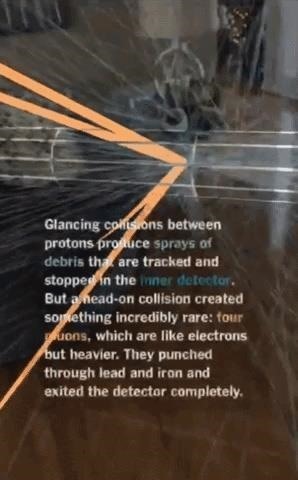
A series of 360-degree photos and an accompanying VR video make up the virtual tour of the massive and costly Large Hadron Collider, which enables physicists to smash subatomic particles together to simulate the conditions of the Big Bang and reveal the hidden secrets of the universe.
In 2012, the device facilitated the discovery of the Higgs boson, a subatomic particle that helps to explain the laws of physics and gives proof to some theories of life and the creation of the universe.
- Don't Miss: 'Atlanta' Actor Lakeith Stanfield Walks an Augmented Reality Tightrope for New York Times Magazine
Now, via augmented reality, readers can see one of the particle collisions that proved the existence of Higgs boson and earned the team a Nobel Prize. Using the surface tracking capabilities of ARKit and ARCore, the app projects the 3D collision data from the Atlas collider as it occurred on June 10, 2012.
The 3D model shows an outline of the device and the paths of the particles from the collision, tracking several rare particles that managed to pierce the lead and iron exterior of the collider's inner detector. The experience matches the Large Hadron Collider itself in scale, stretching across an average living room and spilling over into adjoining rooms.


The Higgs boson experience caps an expansive first year of augmented reality articles from the Times, starting with its introductory feature and Winter Olympics coverage in February.
The immersive platforms team at NYTVR has evolved its content capture practice from photogrammetry, stitching hundreds of photos together to create a 3D model, to volumetric capture, which uses more than 100 cameras to film a subject in 3D. The team even adapted its story on the Guatemala volcanic eruption for Magic Leap's Helio AR browser.
The publisher's portfolio of mobile AR experiences now stands at 13, establishing a pace of more than an article per month. In terms of frequency of coverage and content innovation, the Times is far ahead of the competition in applying augmented reality to news coverage. But that doesn't mean that the rest of the news media landscape is standing still, as the Washington Post, USA Today, ABC News, and others are also working to leverage the technology for more immersive and compelling storytelling.
Just updated your iPhone? You'll find new features for Podcasts, News, Books, and TV, as well as important security improvements and fresh wallpapers. Find out what's new and changed on your iPhone with the iOS 17.5 update.
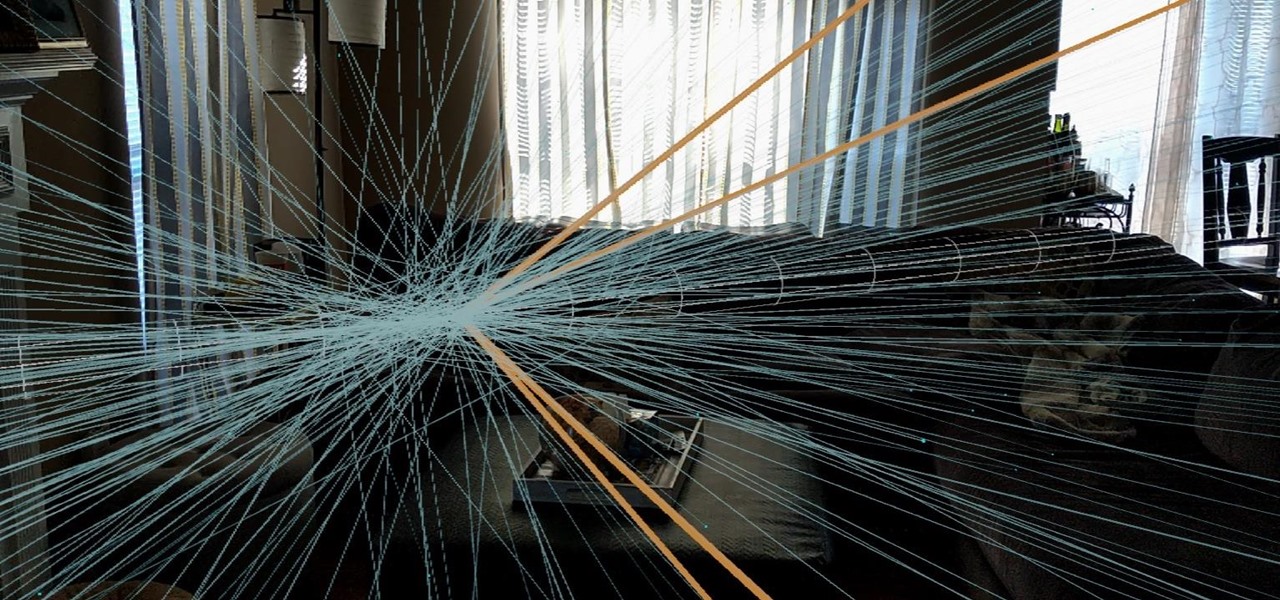



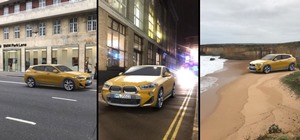

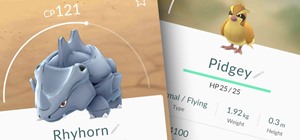


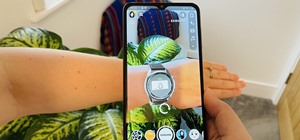

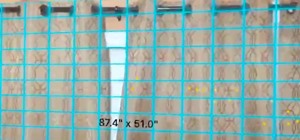
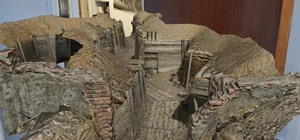
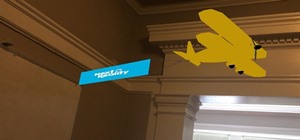
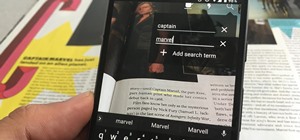
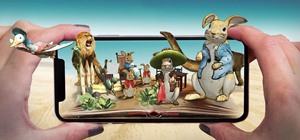
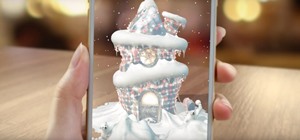
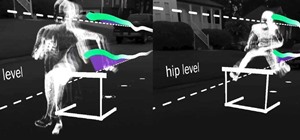

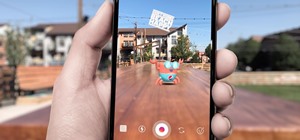

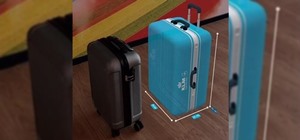


Be the First to Comment
Share Your Thoughts